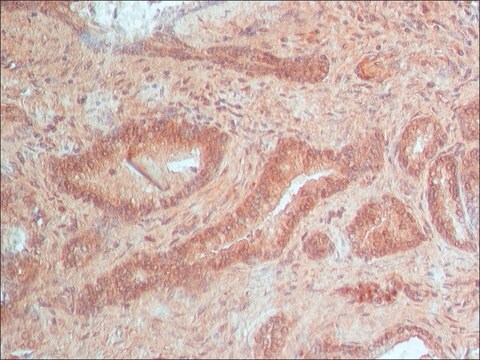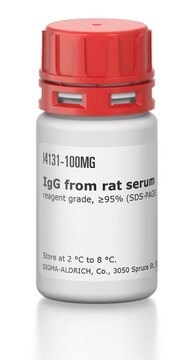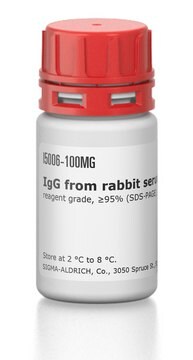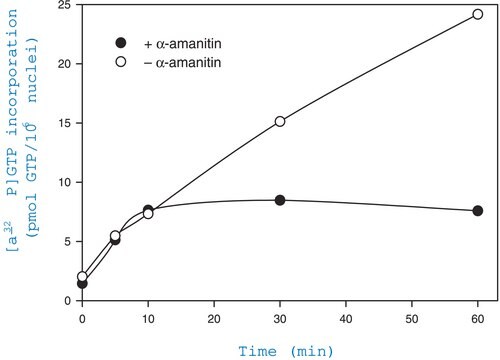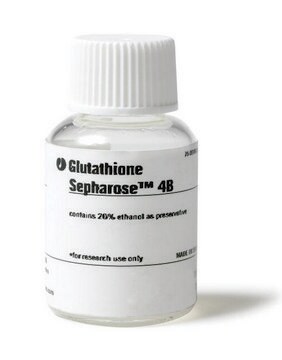P4749
Anti-PADI4 (N-terminal) antibody produced in rabbit

IgG fraction of antiserum, buffered aqueous solution
Sinonimo/i:
Anti-PAD4, Anti-PADI5, Anti-PDI4, Anti-Peptidyl Arginine Deaminase Type IV, Anti-Peptidyl Arginine Deaminase V
About This Item
Prodotti consigliati
Origine biologica
rabbit
Livello qualitativo
Coniugato
unconjugated
Forma dell’anticorpo
IgG fraction of antiserum
Tipo di anticorpo
primary antibodies
Clone
polyclonal
Stato
buffered aqueous solution
PM
antigen 67 kDa
Reattività contro le specie
human
Convalida avanzata
recombinant expression
Learn more about Antibody Enhanced Validation
tecniche
immunoprecipitation (IP): 2-4 μL using DMSO-treated HL60 cells
microarray: suitable
western blot (chemiluminescent): 1:500-1:1,000 using DMSO-treated HL60 cells
N° accesso UniProt
Condizioni di spedizione
dry ice
Temperatura di conservazione
−20°C
modifica post-traduzionali bersaglio
unmodified
Informazioni sul gene
human ... PADI4(23569)
Descrizione generale
Immunogeno
Applicazioni
Chromatin immunoprecipitation (1 paper)
Azioni biochim/fisiol
Stato fisico
Esclusione di responsabilità
Non trovi il prodotto giusto?
Prova il nostro Motore di ricerca dei prodotti.
Prodotti correlati
Codice della classe di stoccaggio
10 - Combustible liquids
Classe di pericolosità dell'acqua (WGK)
WGK 3
Punto d’infiammabilità (°F)
Not applicable
Punto d’infiammabilità (°C)
Not applicable
Scegli una delle versioni più recenti:
Possiedi già questo prodotto?
I documenti relativi ai prodotti acquistati recentemente sono disponibili nell’Archivio dei documenti.
Il team dei nostri ricercatori vanta grande esperienza in tutte le aree della ricerca quali Life Science, scienza dei materiali, sintesi chimica, cromatografia, discipline analitiche, ecc..
Contatta l'Assistenza Tecnica.
